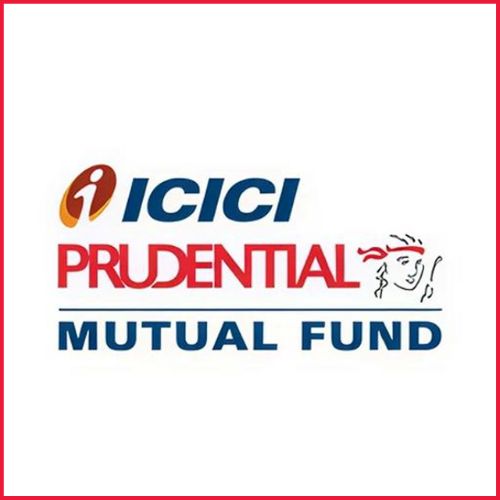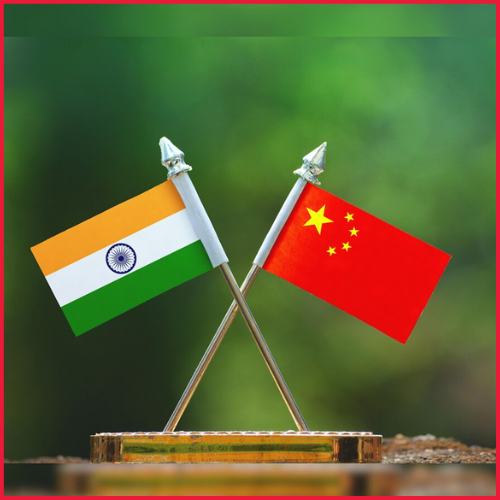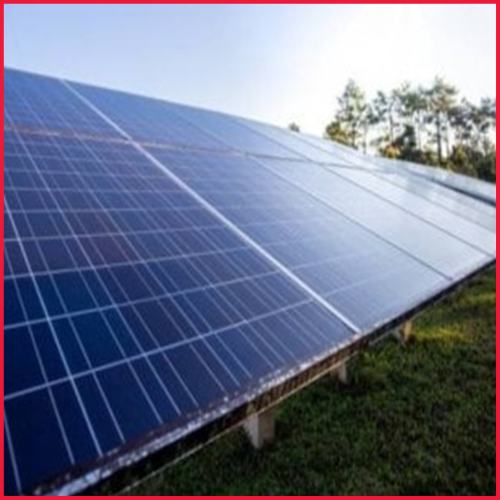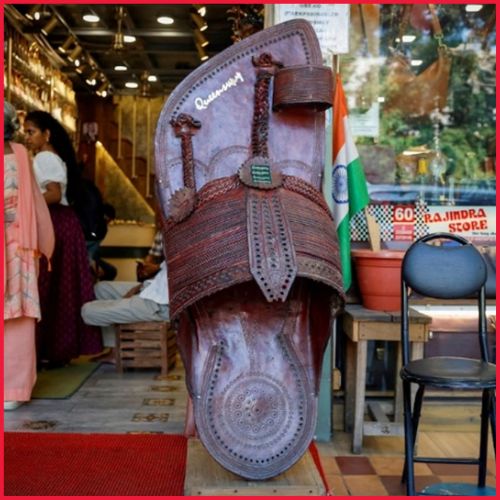While India is a three-player market – Amazon, Walmart/Flipkart, and Reliance’s JioMart – the market remains quite fragmented with meaningful market differences by market tier, product category, and distribution models. The report said that Amazon leads in core categories (consumer electronics, media) and has done quite well in tier 1 cities with 5 million prime subs.
Amazon is falling behind its rival Flipkart in India as it faces an unfavorable regulatory environment and challenges in spreading to smaller cities, said a report by Bernstein, the US-based research group.
India is a prized market for global internet companies but challenging to unlock. “Who can forget Jeff Bezos’ 2014 visit standing on top of a colorful lorry announcing a $2 billion investment. But nearly a decade later, Amazon India’s report card is decidedly mixed,” the report said, referring to the global e-commerce giant’s American founder.
India is one of Amazon’s biggest overseas markets and also one of its fastest growing with a best-in-class customer experience and a large Prime customer base. The growth has come at a high cost of over $6.5 billion-plus invested to date while profitability remains elusive (-5-10 percent EBITDA margins), the report said.
“The company also faces immense competitive pressure in fast-growing categories, a weaker value proposition in ‘New’ commerce, limited traction in tier 2/3 cities, and an unfavorable regulatory environment for outsiders,” said the report.
India is one of few large and under-penetrated e-commerce markets with retail penetration of only 5 percent, compared to the global average of 14 percent. India’s e-commerce spending is expected to two-fold to $130 billion+ in GMV (gross merchandise value) by 2025, with online shoppers projected to increase to 300 million. Growth is expected to be led by new online shoppers, primarily from tier-two and three cities.
“Within grocery, we’re already seeing a shift from slow eCom to quick/instant delivery. In fashion ‘social’ commerce and D2C brands are gaining share,” said the report.
While India is a three-player market – Amazon, Walmart/Flipkart, and Reliance’s JioMart – the market remains quite fragmented with meaningful market differences by market tier, product category, and distribution models. The report said that Amazon leads in core categories (consumer electronics, media) and has done quite well in tier 1 cities with 5 million prime subs.
“Reliance leads in eGrocery/O2O categories with 15,000 store retail footprint and a stronger 1P model,” said the report. “Flipkart has maintained leadership in the apparel category with 2x size of the nearest competition. But newer players like the Softbank-funded Meesho ($5 billion GMV) are winning the faster-growing tier 2/3 cities where Amazon has struggled to gain traction given low pricing and ‘zero commissions’.”
The report said that regulations don’t allow for an inventory-led / 1P model for a foreign entity like Amazon. The company has made investments into Shoppers Stop (fashion), More (grocery), and a rumored stake in Ecom Express (logistics), but integration has been limited as the regulations don’t allow for full control, according to the report.
Reliance, Amazon’s competitor, has scaled up its e-commerce operation, using its stores and an inventory-led model.
Bernstein estimated Walmart-owned Flipkart leads the Indian e-commerce market with annual sales of $23 billion in 2021, Amazon is the second-biggest player with $18-20 billion of the gross merchandise value (GMV) last year and Reliance comes next with e-commerce sales of around $4.6 billion.
“The regulatory market in India remains highly nationalised, prioritising local business over international entrants. Global marketplaces like Amazon are forced to run a marketplace structure in India charging commission on their platform (Amazon Seller Services),” the Bernstein.
The report said without the ability to operate and fully own a 1P business, Amazon instead has turned to take minority stakes in local offline retailers – More (49 per cent stake) and Shopper stop (5 per cent).














